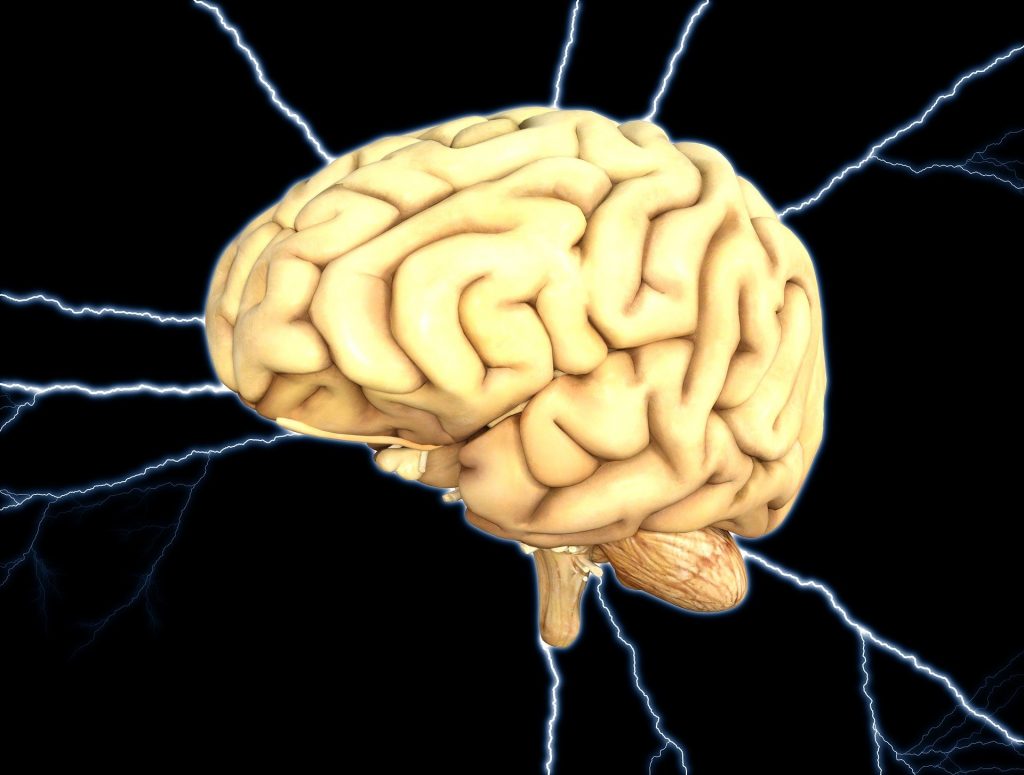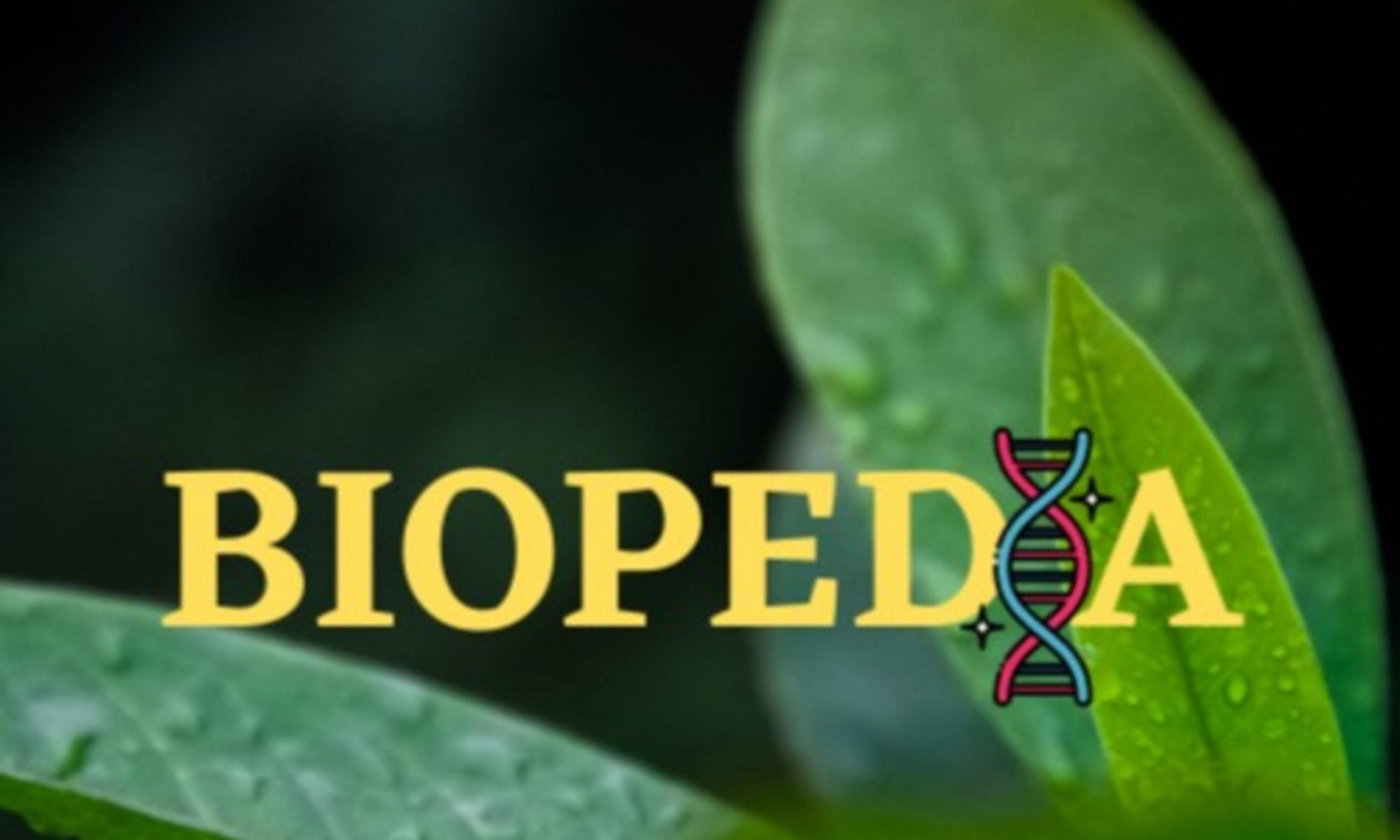
(This material connects to what I discussed in episode 1- Biofilms)
Biofilms- aggregates of material in which bacteria are encased and grow– are relevant structures to fields such as medicine and dentistry, as I mentioned in episode 1. However, when I discussed them back in October 2020, I specifically mentioned their relevance to disease. So, today I thought I’d elaborate a bit and discuss a specific example that is at the forefront of modern research. Specifically, we’re going to talk about Alzheimer’s.
This connection between biofilms and Alzheimer’s is made in a 2020 review paper published in the Clinical Microbiology Newsletter. Although there are other ways of phrasing it, I thought it would be easiest to describe the theory in sequence, starting with infection and ending with the symptoms of Alzheimer’s itself.
So, what happens after biofilm-capable bacteria invade the bloodstream? Bacteria in the mouth have the capacity to form biofilms- to the great frustration of dentists everywhere. It is possible that biofilm fragments of around 100 to 1000 cells, complete with extracellular matrix, can become dislodged, enter the bloodstream and become coated with immune system components. Ordinarily, liver cells called ‘Kupffer cells’- which are capable of phagocytosis- are able to deal with these ‘proto-biofilms’ once they reach the liver. However, if a fragment has all the protective abilities of a biofilm, these Kupffer cells might not be able to digest them. In this case, the fragments can end up in the arterial system. As the aorta pumps oxygenated blood from the heart to the rest of the body, you can imagine that this is a problem.
And this is where genetics and other host factors come into the equation. Ideally speaking, the blood-brain barrier (BBB) should not be permeable enough for these fragments to enter into the brain. However, if the immune system of the host is impaired for whatever reason, such as in the case of diabetes or as a result of normal aging, these biofilm fragments might be able to enter the brain.
This becomes a problem if the biofilm is able to establish itself on the tissues of the brain. In order to obtain nutrients and prevent the host healing, the biofilm provokes constant inflammation, as evidenced by two to three orders of magnitude more interleukins and far more neutrophil immune cells than you would expect. In essence, the biofilm hijacks the immune system to create this inflammation.
There are different host reactions to this chronic inflammation, but the most relevant for our purposes is the formation of amyloid- the formation of large aggregates of amyloid protein in the extracellular space. These amyloid plaques are then supposed to be responsible for the so-called ‘tauopathies’ which are classically associated with the pathology of Alzheimer’s.
Now, it’s important to realise that there is no consensus about what causes Alzheimer’s. For all we know, the biofilm-involved mechanism might not be the ultimate cause. As I highlighted with the possibility that amyloid plaques causing tauopathies, all of these factors may even connected. There are two other factors that have been suggested which I am going to cover in separate posts- a microtubule-binding protein known as tau we mentioned just now (discussed in Part 2) and the possible role of microbiome dysbiosis (in Part 3).
- Image Credits
- Image: Pixabay
- User: TheDigitalArtist
- Featured image: Brain Energy Thought – Free image on Pixabay
- Image labelled for reuse
- No changes have been made
